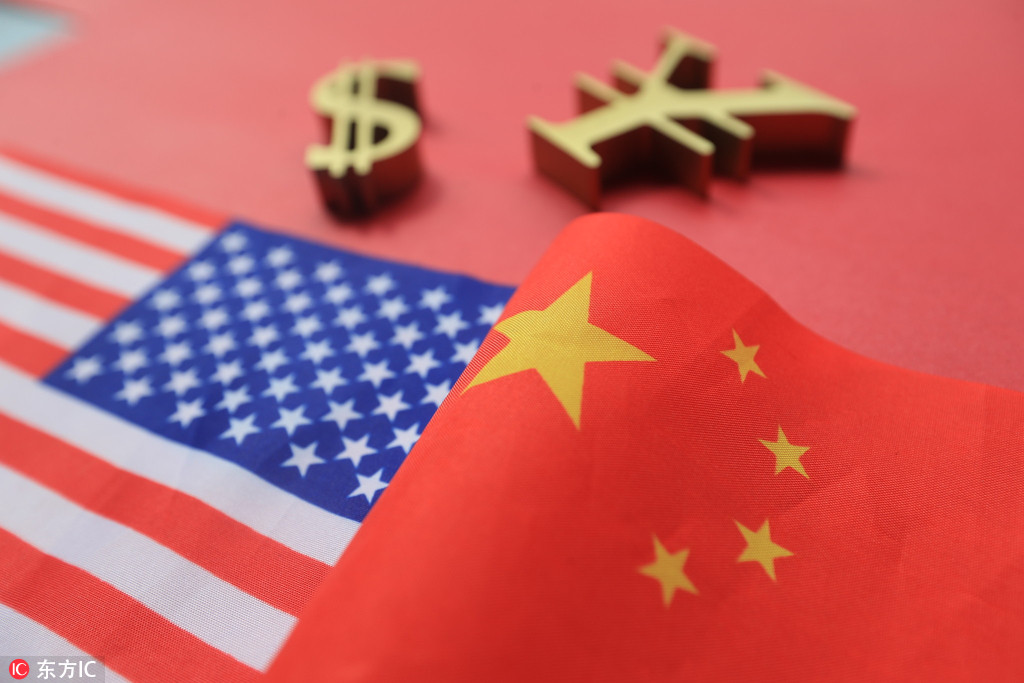Conference Board: Slower growth for China, US in 2019


If the US-China trade dispute persists and there are more tariffs, then both economies may start to feel more of a bite.
The economies of China and the US will likely start off 2019 strong but fade a bit amid indications that global economic growth may be peaking, according to the Conference Board's world economic outlook.
Trade tensions, rising interest rates and labor-market pressures are among factors that could affect the economic performance of China, the US and other large economies next year, the board said on Tuesday.
The New York-based business membership and research association predicted that China's economy will expand 3.8 percent next year, down from a probable 4.1 percent in 2018.
For China, the Conference Board uses a methodology that is different from the results produced by China's National Bureau of Statistics to determine mainland GDP.
The Chinese government aims for annual GDP growth of about 6.5 percent using its methodology.
In October, the International Monetary Fund said China's economy is expected to grow 6.6 percent this year before easing to 6.2 percent in 2019.
For the US, the board expects growth of 3.2 percent in 2019, up slightly from 3.1 percent this year. The stimulus from the tax cut and higher government spending are expected to wear off as 2019 ends, it said.
Bart van Ark, the Conference Board's chief economist, said business cycles across the globe are maturing and starting to show signs of plateauing. "Looking beyond 2019, the main concerns are slower growth of the labor supply and modest projections of productivity growth," he said.
Even though trade disputes such as the one between China and the US have created uncertainty, the global macroeconomic impact has been small so far, van Ark said.
However, if the US-China trade dispute persists and there are more tariffs, then both countries' economies may start to feel more of a bite, he said.
Erik Lundh, the board's senior economist for China, said 3.1 percent of Chinese GDP relies on the US, whereas China accounts only for about 0.7 percent of US GDP.
The effects of an aging population are starting to become more visible in China, the US and other economies. "We are starting to see labor shortages in the less-skilled positions as well as the skilled ones," said van Ark.
Demographics will also become more of a factor in China's economic performance, said Lundh. He said the goal has been to make consumer spending and services a bigger part of the Chinese economy to offset the traditional economic strengths of investments and exports.
"I think that demographics will slow the consumption and services story in China," he said. "An aging demographic spends less money as they deal with saving for health-related issues and the care of their parents. The net effect will be slower growth."
Contact the writer at paulwelitzkin@chinadailyusa.com



































